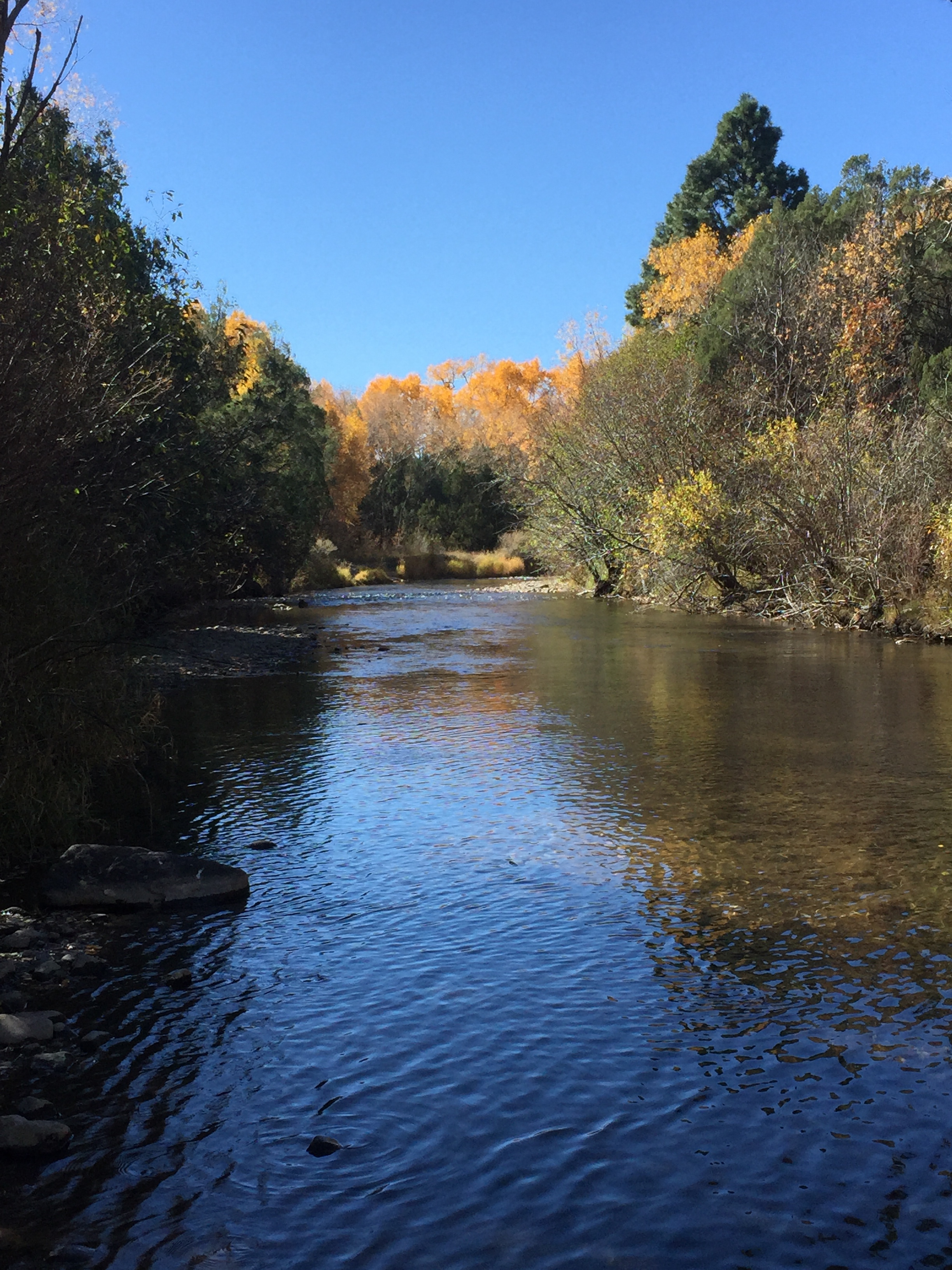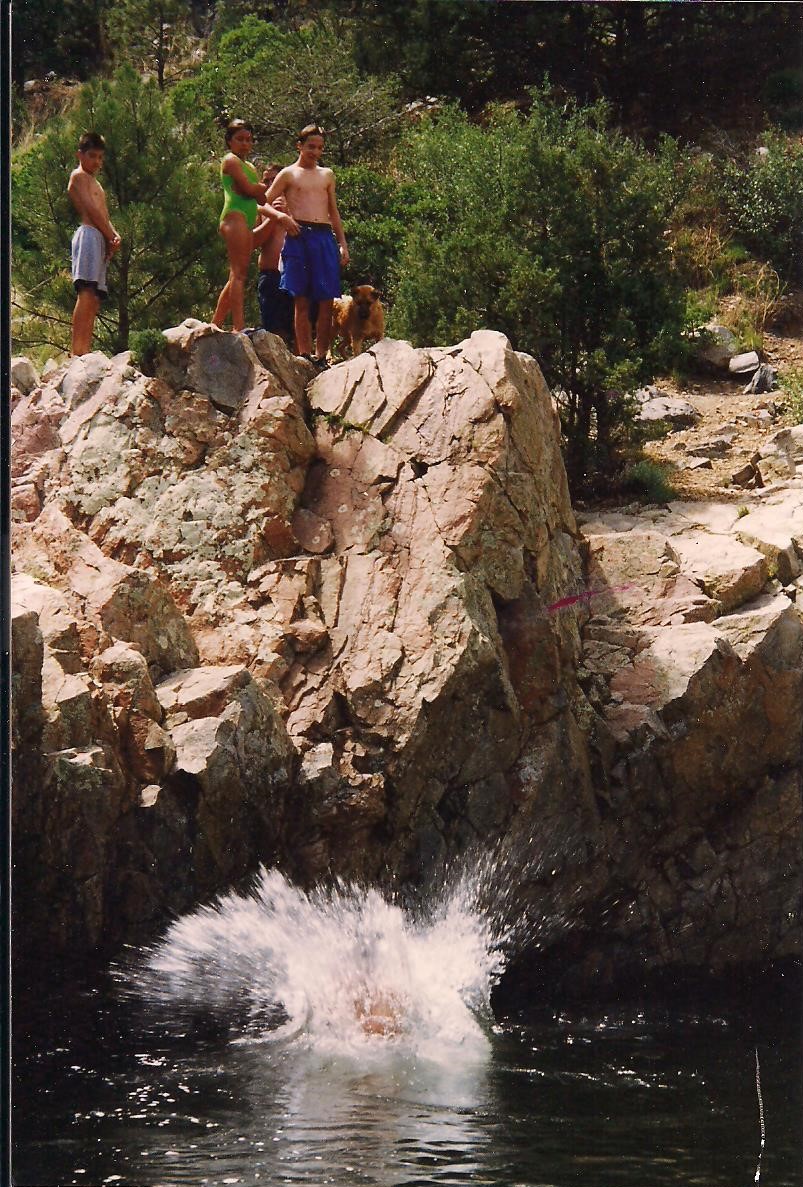Guest Blog: Protecting the Pecos River
Janice Varela
By Janice Varela, San Miguel County Commissioner, New Mexico
I was born and raised in Pecos, New Mexico, where my family has been for several generations. I grew up eating deer meat and trout. Nature is what sustained me growing up. My father was a hunter and a fisherman, and we depended on that for our food source. We’d gather berries and pick piñon in the fall. Food gathering has always been really important to my family.
I still share the tradition of picking berries and making jelly with my family. My daughter asks me why we’re doing it since we still have leftover jelly from last year, but I tell her it’s about remembering grandma and her recipes and continuing the tradition. I want to teach my kids and grandkids about the foods that are edible in this area and how to identify them. That’s something that’s been part of my upbringing and something that’s always been important to me.
Where I grew up it’s not unusual for Latinos or Hispanics to be outdoors. It’s just what we do. You don’t have to have a lot of money and you don’t have to go far. The outdoors was always accessible to us growing up and that was our so-to-speak vacations – going on a camping trip on a weekend, having picnics, or gathering choke cherries or wild raspberries.
You go outside and play or go for a walk or gather wood. Gathering wood is another big thing that we do together as families to keep warm in the winter. We take lunch, dad cuts the wood, and everybody loads and unloads it from the truck. Those are traditions that continue.
Janice Varela’s father out fishing
My brothers are still avid hunters and fishermen. My father passed away eight years ago and on his death bed his last words were: “Teach my grandson to fish”. When he said that I wasn’t surprised. My dad was a man of few words – he always got right to the point. This was his only great grandchild. My grandfather was a well-known fly fisherman in the area – it’s an important tradition to keep that going. We have to listen to him.
I’ve always been a protector of the Pecos River in every way, shape, and form. Decades ago, I pushed for clean-up of an abandoned zinc mine, which was polluting the river since the late 1930s. It’s been reclaimed now and is covered up with soil. I still go to the site and monitor it.
In New Mexico, we don’t have many rivers. The Pecos is the longest one that originates in New Mexico, unlike the Rio Grande which starts in Colorado. It was my dream to go where the Pecos River begins in the Pecos wilderness. Recently, I went with my daughter and we were able to walk around and camp. It’s something I’ve always wanted to do. There are several streams and springs that come out of the mountain side.
There are many threats to the river right now. One of them is drought caused by the changing climate. The old-timers have been saying that they’ve never seen the river this low. I remembered growing up in the late 70s we’d have 10 feet of snow that would melt and flood the rivers and that was a normal thing. Now, they are actually drying up.
The second major challenge is water transfers - people who are diverting the water for different uses. Farmers have historically used the water and shared it in a drought, but right now I’m trying to protect the Pecos River water from being taken out of agriculture for recreational use. Thirteen miles downstream a corporation from Texas bought the land to create a resort – they were approved to divert 20 acre feet of water and they want 40 acre feet. We are protesting this – it’s an active case.
I’m also working with the Village of Pecos and the East Pecos Water Association on a Community Development Block Grant to help 800 people get onto the sewage treatment plan – they are still on septic and an open sewer. This is really an important project that I’m hoping to see accomplished in the short run to help these people hook up. This is really critical to the health of the Pecos River.
The rest of the water users are the acequias. In Las Vegas, New Mexico there are eight acequias in the middle section of the Gallinas River – they share water and water shortages by rotating days for use depending on the flow of the river. But water transfers are a threat to this type of historic use.
Janice Varela’s tía Lourdes
We’ve always enjoyed swimming in the beautiful river. That’s what we do for recreation. Having a clean, healthy river that we can all swim in on a hot day is what makes life worth living. My daughter took my 8 and 3-year-old grandkids and it was wonderful. But right now we’re watching the river get lower and lower.
We’re lucky we have 14 acres on the river that’s very precious. I want to create a trust and not develop it. There are very few pieces of land that don’t have a house on it. My grandkids are the 7th generation on this land and my brothers and I have all agreed to keep it wild, to keep it open for wildlife, picnics, and camping.
It would be great if everyday people would understand how to be better stewards of our community, of our rivers, of our outdoors, and of our wildlife. It’s one of those things you don’t know what you have until it’s gone.





